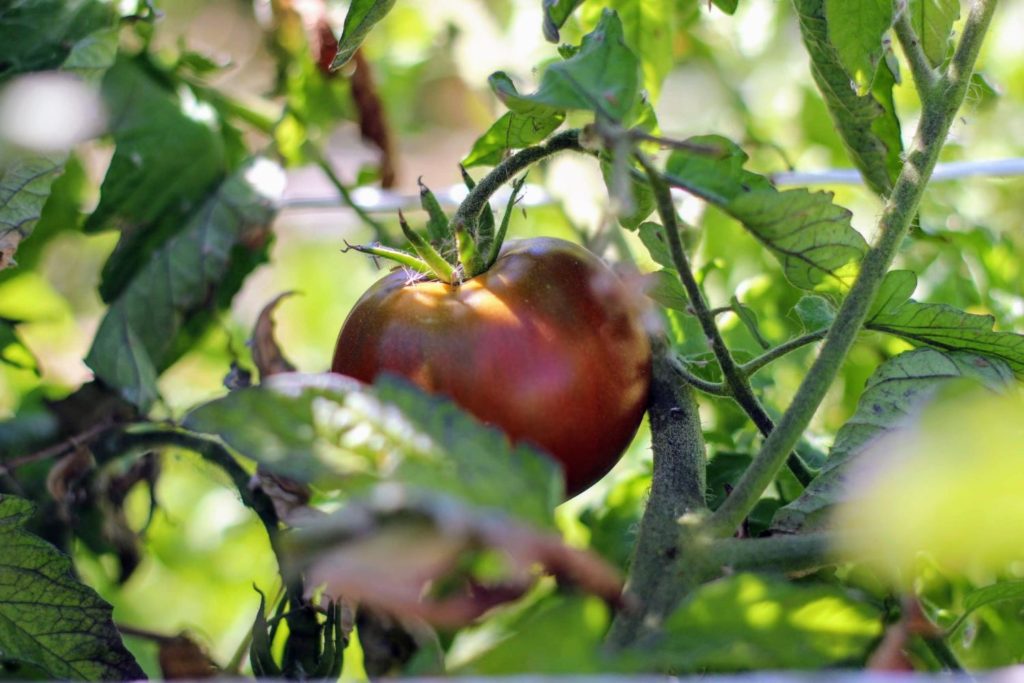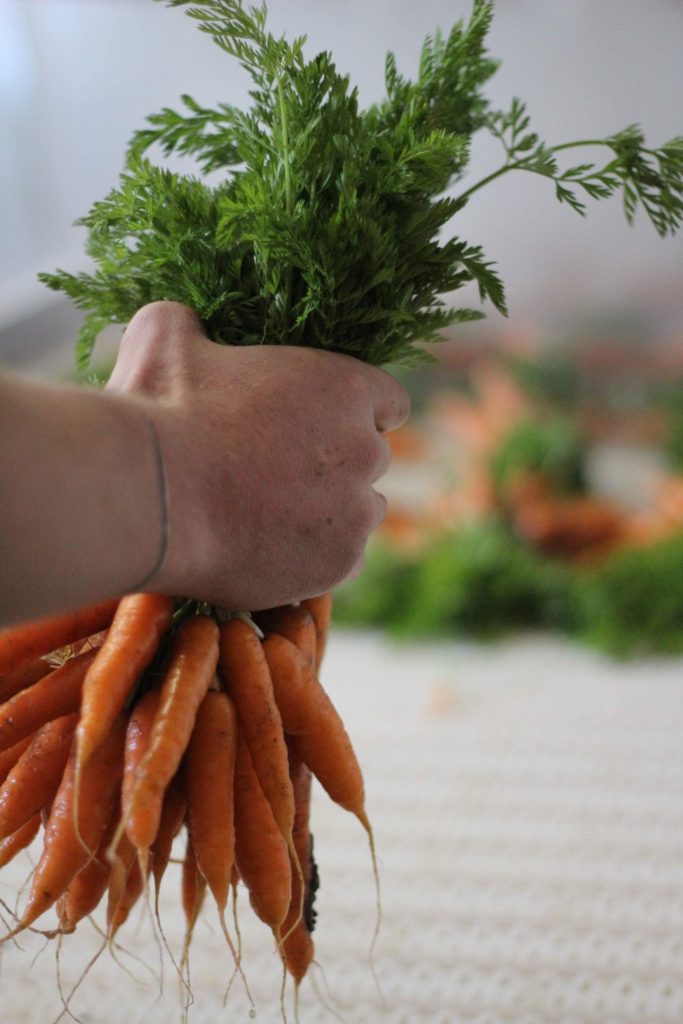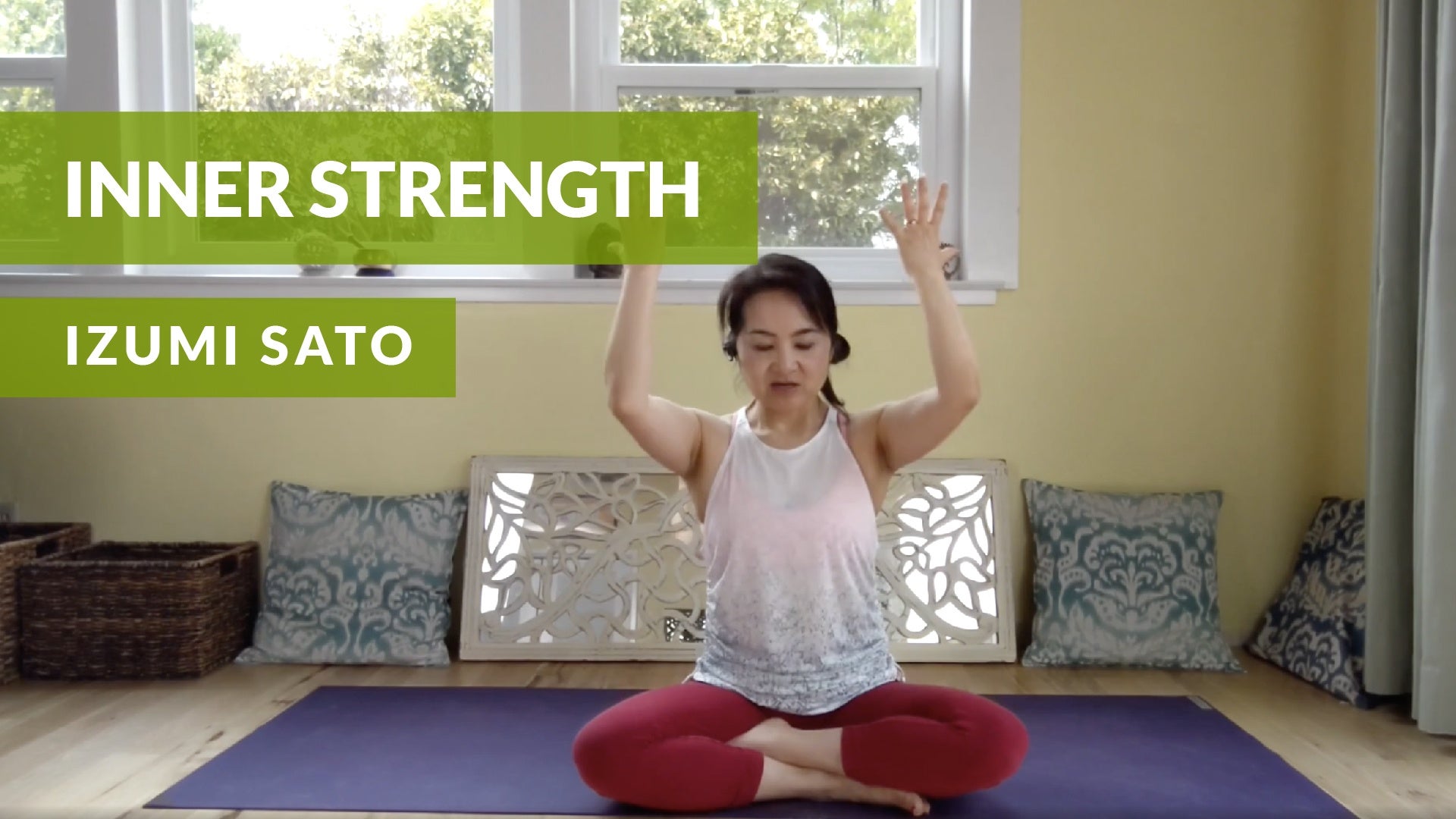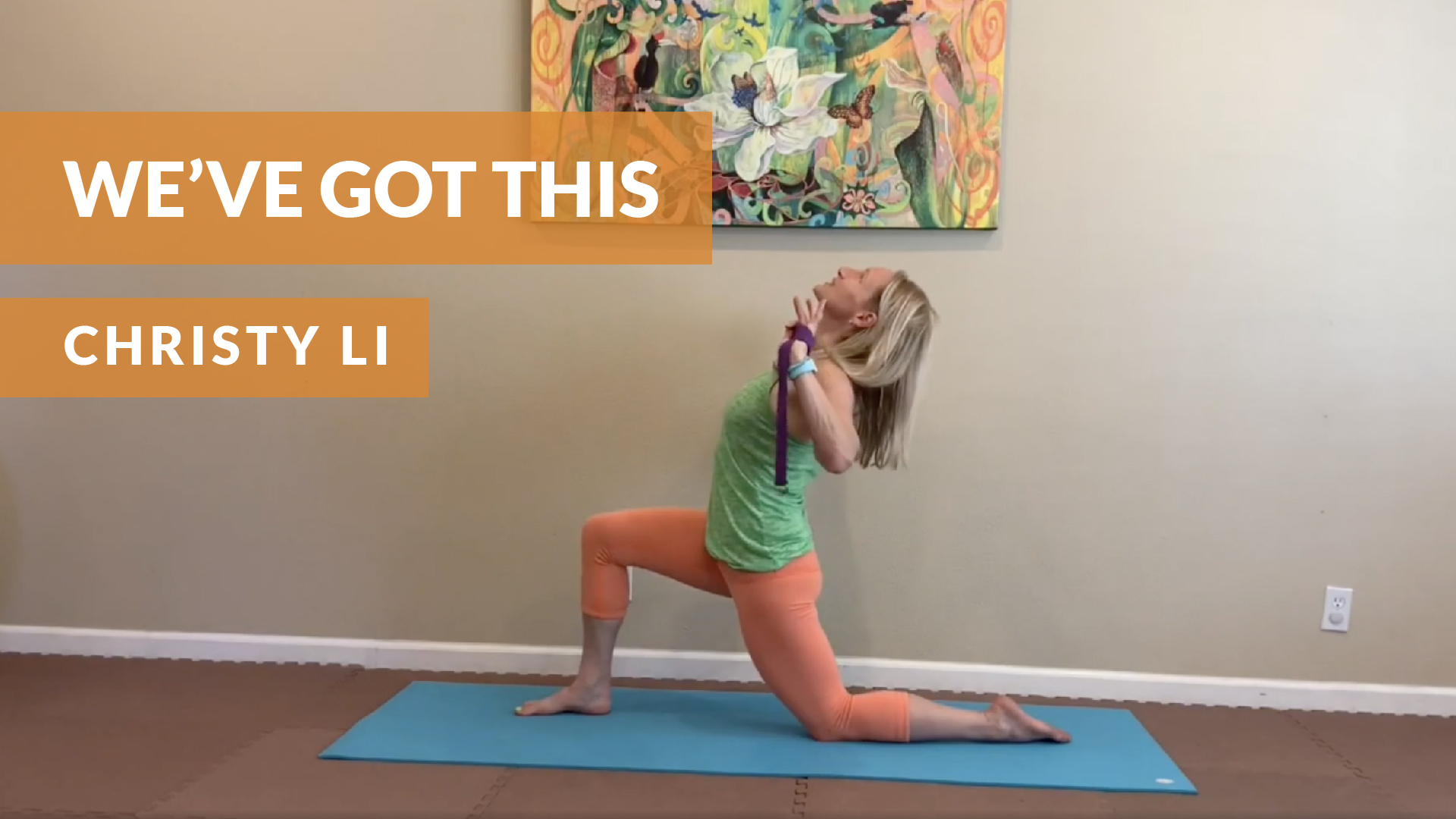We tend to think buying seasonally is an elitist, specified way of eating. In reality, the way we access food these days is quite diluted and far removed from how we’ve eaten and sourced our food in the past. If we are lucky enough to live in an area with plenty of food access, then the opportunities are endless. Daunting, even. Better prices here, better tasting over there. How do we choose? – and how do we make the best choices that sustain us throughout the seasons and the year? The answers are quite simple, and not as fancy as we may think. Perhaps we’ve spent too much time tuning into what is convenient and less of what is intuitive to our relationship with nature. After all, we are nature. Here are three foolproof ways to buying seasonally – and why it makes clear and perfect sense to do so.
1. Check the sticker.
The sticker or produce label for any given commodity will tell you which country it is coming from. If you are buying a tomato from Mexico or any other country at the grocery store, then there is a fat chance that it is not in season. While the flavor won’t be as potent, the environmental impact of getting that tomato to your local grocery store (and then to your table) is also compromised.

2. Scope out your local farmers’ market.
The majority of farms represented at your local farmers’ market are coming from no more than a few hours away. Because farmers’ market organizations enforce a “Grow What You Sell” model, then you know what is offered at the market is seasonally sourced from your area. It’s being offered because given the time of year, it is what can grow. Compared to produce from another country, the flavor will be better, and the environmental impact of growing and selling that vegetable is reduced quite a bit.

3. Listen to your body.
Ultimately, eating seasonally coincides with listening a little more intimately to our bodies. Ayurveda, an ancient traditional practice and as defined by Johns Hopkins Medicine, seeks to holistically nourish the body through diet, lifestyle, etc., and less through pharmaceutical means. It aligns with our ability to tune in to what our body naturally seeks, given the time of year. For example, in the summertime, when the weather is hot, more cooling, hydrating foods are best. Think cucumbers and tomatoes, less sweet potatoes. It’s quite the opposite in the winter time. Our bodies seek food that helps store sugars throughout the colder months to help us keep warm.
This last tip is likely the hardest to put into practice: How do we know what our body needs versus what it craves? What’s the difference? Being mindful of where our food is coming from and what’s locally available will set us off on the right course. In due time, the intimate wisdom will reveal itself.
















